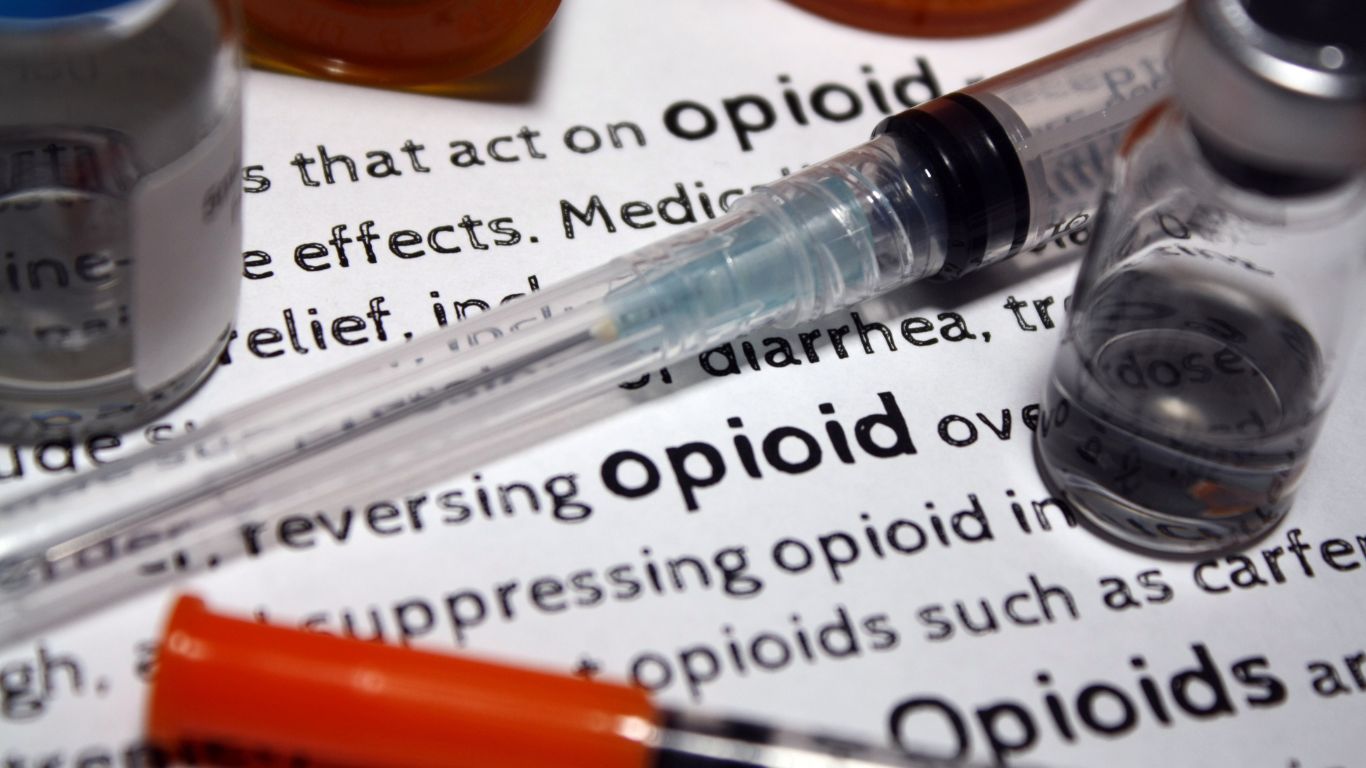What is Lean (Purple Drank)?
Lean, also known as Purple Drank, barre, Texas tea, and Sizzurp, is a mixture of cough syrup, soda, hard candy, and sometimes alcohol. It usually contains large doses of prescription cough syrup, usually promethazine which contains codeine, and causes feelings of euphoria. Often called “swooning euphoria”, the combination of promethazine’s sedative effects and codeine’s euphoric effects will create the high users are looking for which can last three to six hours. It is called lean because it is similar to being very drunk and users having to lean on something to stand up once its effects take place. Other variations include using over the counter (OTC) cough syrup containing dextromethorphan (DXM) plus alcohol.
Codeine, a prescription opioid, has long been abused. However, lean’s popularity has risen because of pop culture references. Celebrities have been glamorizing the cocktail and its euphoric effects for decades, often having mentions in hip hop songs and videos. It originated in Houston, Texas and has been especially popular in hip hop culture. Purple drank has been responsible for several rappers, singers, and professional athletes’ hospitalizations, addictions, and death. Some notable headlines lean has made include:
- Rapper Bow Wow recently opened up about almost dying from an addiction to lean.
- The rapper 2 Chainz was arrested at an airport for the possession of promethazine.
- Reportedly a major factor in Lil Wayne’s ongoing hospitalizations for seizures.
- Mac Miller also described an addiction to lean back in 2013.
Codeine is classified as a Schedule II controlled substance by the Drug Enforcement Administration and all products containing it are only available by prescription due to potential for misuse. DXM containing cough syrups are available without a prescription, however some states restrict the sale to those 18 years old or over and limit purchase quantity. Since the ingredients needed for lean are relatively easy to obtain and low in cost, lean is more accessible than other recreational drugs.
Although the ingredients in lean are legal, it comes with the potential deadly side effects. Opioid related deaths have been on the rise since 1999 including overdose deaths to prescription medications like codeine. Drug overdoses are on the rise due to opioids being highly addictive. Individuals who use purple drinks recreationally or as a way to self manage mental health issues such as depression and anxiety, are at a risk of developing physical dependence and eventually addiction.
What are the Side Effects of Lean?
Promethazine with Codeine is a power prescription cough suppressant and when taken in sufficiently high doses, it can lead to altered thoughts, sleepiness, and impaired motor functions. It creates feelings of euphoria, relaxation, and dreamy feelings, almost like floating away from the body. As a CNS depressant, it slows down the brain and autonomic nervous system which leads to slowed down respiration and heart rate. Lean gets its name because it makes people slouch or “lean” when they get high on the substance. Codeine impacts users similarly to other opioids.
The effects of lean or purple drinks become apparent within 30 to 45 minutes after ingesting it. Effects peak within an hour or two after drinking and can last up to six hours per drink. Because the ratio of ingredients will vary, users can experience a variety of side effects and overdose risk it high.
12 side effects of lean purple drank include:
- Extreme sedation
- Hallucinations
- Loss of coordination
- Slurred speech
- Impaired vision
- Nausea and vomiting
- Severe constipation
- Changes in heart rhythms
- High body temperature
- Loss of consciousness
- Seizures
- Itchy skin
At high doses or if mixed with other depressants like alcohol, it can lead to slowed respiration and potential cardiac arrest. Motor function impairment from use can also lead to accidents, DUI, and fatalities. Drinking lean can also cause seizures in some individuals. Addictive properties of codeine can also lead to substance use disorders, withdrawal symptoms, and long-term health effects including memory loss, cognitive decline, weight gain, frequent urinary tract infections, and dental decay.
What are the Signs of Lean Addiction?
Lean or purple drinks are very addictive, just like other opioids. All the ingredients in lean affect the reward systems of the brain and with continued abuse, can lead to dependence and eventually addiction. When a person develops a substance use disorder, they lose complete control over use and develop cravings. Signs of a lean addiction include:
- Developing tolerance, meaning you need more lean to get the same effects.
- Cannot stop use, even when it has led to negative consequences in relationships, work, job, and finances.
- Spending a lot of time getting, using, or recovering from using lean.
- Cravings for lean.
- Developing withdrawal symptoms when not using.
- No longer participating in activities once enjoyed.
- Problems of work or school including increased absences.
- Development of physical or mental effects, including anxiety and depression.
- Increased isolation in order to hide substance abuse.
- Faking illness or doctor shopping in order to get more codeine.
Treatment Options for Lean Addiction
There are a number of treatment options and programs available to treat lean addiction to fit any substance abuse severity. Purple drink addiction can lead to physical, mental, and behavioral affects which will require comprehensive treatment programs to address all issues. The biggest difference between levels of care is intensity of treatment but they will all include many of the same addiction therapies and services.
For those with serious addiction to lean, a controlled environment with intensive treatment through residential inpatient rehab may have higher chances of successful recovery. It is prudent for all addiction severities to seek out medical detox programs when attempting to stop lean use. Medical detox programs can provide medication assisted treatment to ease withdrawals and cravings which often cause early relapse when attempting to stop use alone. Withdrawals from codeine can also cause severe dehydration and vomiting which can also be dangerous without medical care.
Residential inpatient treatment provides the best chance of recovery from those with severe addiction as individuals can receive uninterrupted care without stress, triggers, and temptations of the outside world. However, residential treatment is not the right fit for everyone, such as those who need to continue going to work or taking care of dependents like children. Addiction treatment is also available in outpatient settings which will allow patients to go to addiction recovery while living at home or a sober living facility. Outpatient treatment includes a partial hospitalization program (PHP) and intensive outpatient program (IOP). PHP requires full days of addiction treatment 5 to 7 days a week. IOP are more flexible programs that require 10 to 12 hours of participation a week and may allow participants to continue going to work or school. Individuals can also create treatment programs composed of several levels of care that will help them reintegrate back into the real world slowly.
TruPath is Here to Help
TruPath is a nationwide network of drug and alcohol addiction rehab centers with effective, evidence-based treatment programs. We offer all levels of care including medical detox, inpatient treatment, partial hospitalization program, intensive outpatient program, outpatient treatment, and aftercare programs. Each of our treatment facilities are staffed with certified clinical staff including physicians, nurses, counselors, holistic care providers. All treatment plans are individualized to address the underlying issues of addiction and to heal the body, mind, and spirit for long-term recovery.
If you are struggling with lean, purple drank, or codeine addiction, please give us a call today and learn more about getting on the road to recovery with TruPath.

